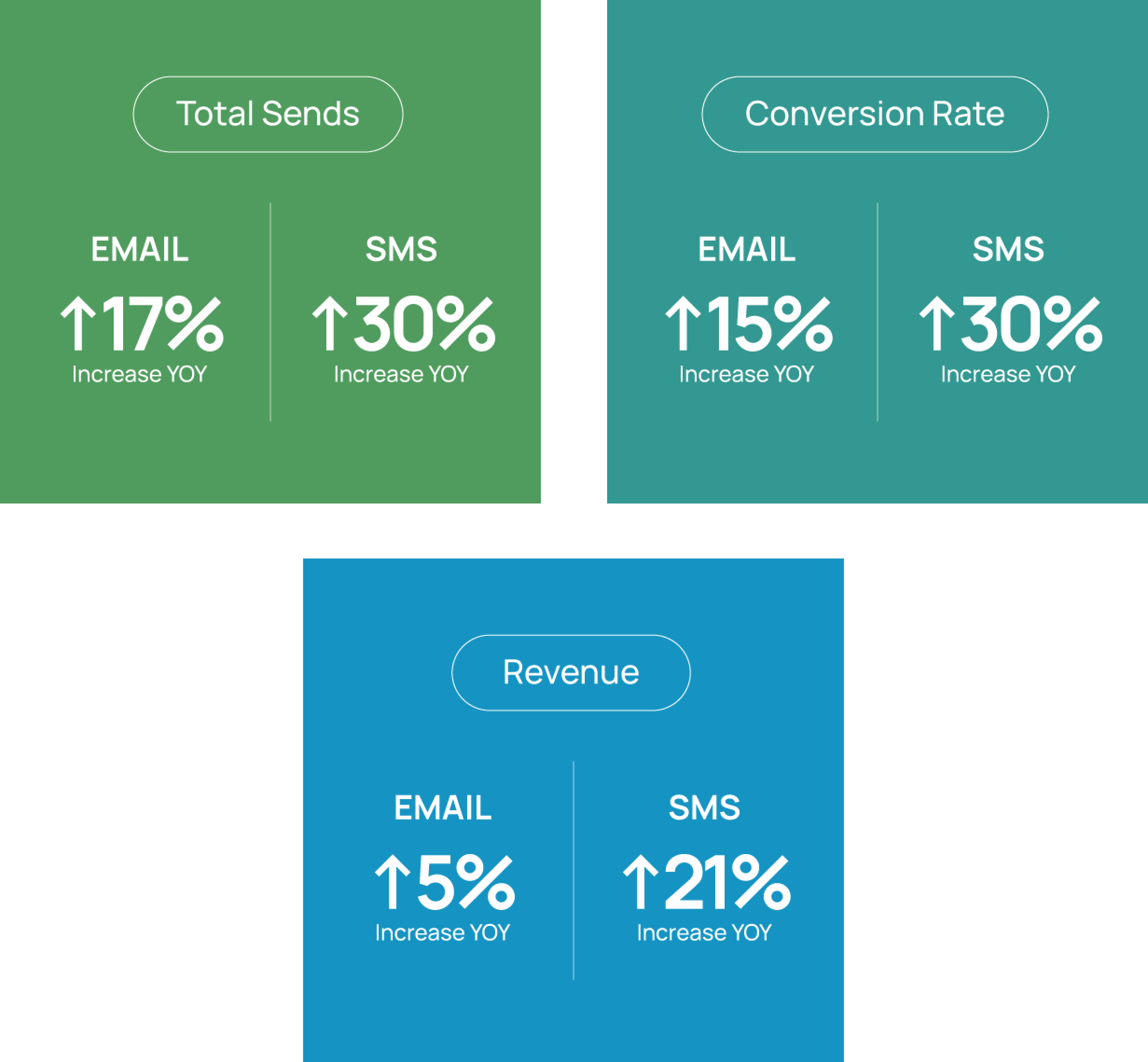Top Tips for SMS Audience Segmentation


When it comes to your SMS message strategy, there’s no longer a “one size fits all” strategy for top-performing Mobile Messaging programs. There are broadcast messages that will likely resonate with all different types of contacts, like those around sales and promotions, and automated campaigns that provide optimal opportunities to reach subscribers at their most engaged.
But what do you do in between? There are two key ways to leverage strategic segmentation: by engagement and conversion activity. These two segmentation factors are an efficient way to continue communicating with your list, but without wasting volume and valuable time and effort.
What are the ideal KPIs to consider when establishing key active audiences for segmentation?
The general 80/20 rule has proven to apply when it comes to subscriber audiences. The most “active” 20% of a list usually makes up upwards of 80% of a program’s overall revenue (and vice versa). Yet how do you consider someone active versus inactive?
You should begin by looking at both your engagement and conversion recency, with a window of time based on your vertical market or products being sold. You’ll want to use Last Click Date and Last Order Date to put together mutually exclusive audiences to meaningfully segment your list.
A small but mighty active audience is what’s known as the Active Recent Buyers, or those contacts who have both clicked a message and purchased recently. These subscribers should be getting messages at a higher frequency, save for some reminders of coupons or sales expiring (since they recently purchased).
From there, there’s the Active Lapsing Buyers, or contacts who have clicked a message recently but haven’t purchased as recently. These subscribers should also be getting most of your messages already, and are also worth targeting specifically for those aforementioned reminders (e.g. expiring discounts) since they haven’t purchased recently.
The final active audience would be the Active Non-Buyers, or those contacts who have clicked recently but never purchased. These contacts could be pared back on message frequency, but should never be excluded on fundamental messages around sales, promotions, and new products.

Segmenting and Reactivating Your Inactive Audiences
The inactive audiences are likely your larger segments, and those contacts should receive the fewest number of broadcast messages (but still the minimum required by compliance rules). The first is the Inactive Recent Buyers, or those who haven’t clicked recently but have purchased recently. They might be better suited for engagement across other channels, especially if they are clicking emails.
Then there’s the Inactive Lapsing Buyers, or the contacts who haven’t clicked or purchased recently, and they should be getting just the bare minimum messaging with some opportunities for targeted reactivation (or your best-of-the-best deals).
Finally, there’s the Inactive Non-Buyers who haven’t clicked recently (or ever) and never purchased. These contacts are your least valuable and can be pulled out from receiving most broadcasts. Again, as long as they’ve subscribed, this audience needs to receive the minimum requirements for compliance but should not be getting as much volume as your active audiences.
When should I start leveraging strategic segmentation with my program?
More than anything, it’s important to get into a regular broadcast cadence as soon as possible after launching your program – targeting a broadcast to your full list once a week. But once you’ve grown your list and established your program further and gotten initial insights, you can start to drip in segmentation applications to see how your aggregated engagement and conversion rates adjust. When done properly, you should see increases in Click-Through Rates (CTR), Conversion Rates, and Revenue Per Message averages. And of course, your ROI should go up as you earn the same (if not more) revenue while sending less volume.
While you can start to do this anytime between six to 12 months post-launch, you should never limit your sending during your peak season, whether that’s during traditional retail Q4 or otherwise. For example, if you sell bathing suits you won’t want to limit your reach in late spring and summer months, but use segmentation more in off months, in this case, during winter.
By leveraging strategic segmentation in your Mobile Messaging program, you can maximize your volume without having to guess who your most valuable contacts are or having to manage them manually.
For more information, check out Listrak’s full Text Message Marketing services here. To get started, you can start the conversation directly here.
















.svg)
































.png)

